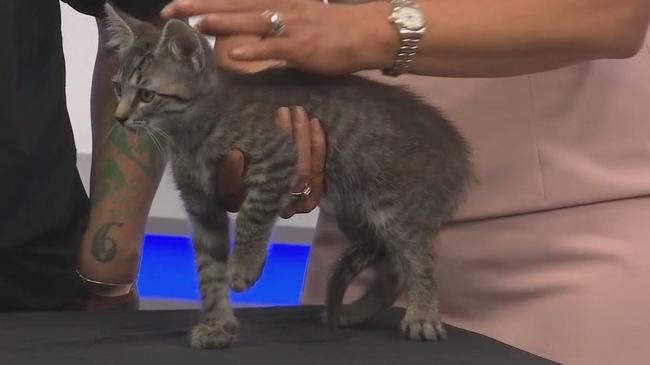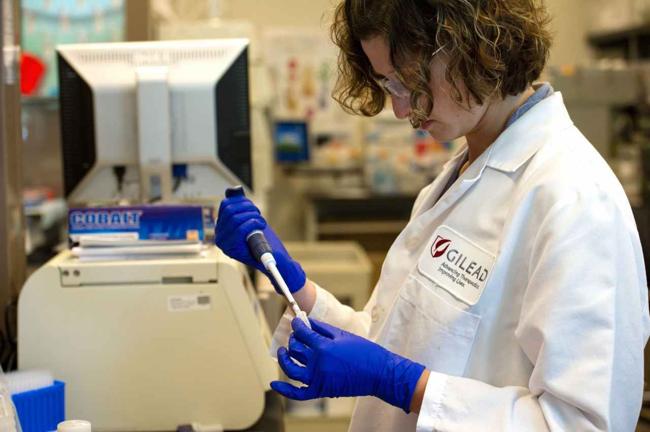Summary
Community Cat Companions is fortunate to receive grants to extend efforts to sterilize and vaccinate feral felines in Lake County and Ashtabula County, according to a release from the nonprofit
Source: The News-Herald

AI News Q&A (Free Content)
Q1: What is the primary mission of Community Cat Companions in Lake and Ashtabula counties, and why is it significant for pet health?
A1: Community Cat Companions focuses on the sterilization and vaccination of feral cats in Lake and Ashtabula counties. This mission is significant for pet health as it helps control the feral cat population, reducing the spread of zoonotic diseases and improving the welfare of both stray and companion animals. Sterilization curbs overpopulation and associated health risks, while vaccination protects against communicable diseases, benefiting overall community health.
Q2: How do sterilization and vaccination programs for feral cats impact the broader community’s health and environment?
A2: Sterilization and vaccination programs for feral cats reduce disease transmission risks, such as rabies and toxoplasmosis, which can affect humans and other animals. They also decrease nuisance behaviors associated with mating and fighting, leading to safer neighborhoods. Environmentally, managing feral populations lessens the impact on wildlife, as unchecked cat populations can disrupt local ecosystems through predation.
Q3: What are the economic benefits and challenges for communities and farmers in supporting feral cat care, according to recent scholarly research?
A3: Recent research on Australian dairy farms highlights that farmers benefit economically from having working cats for rodent control, which reduces crop and infrastructure damage. However, the costs of sterilization and vaccination can be a barrier. The study suggests that making such care tax deductible would encourage better welfare for cats, enhance farm productivity, and mitigate negative wildlife impacts, presenting a compelling case for public support of these programs.
Q4: How does vaccination coverage in heterogeneous populations, such as community cats, influence overall disease management strategies?
A4: A 2024 study on vaccination coverage indicates that population heterogeneity—differences in activity levels and vaccination costs—complicates disease management. In community cats, varying behaviors and access to resources mean that a uniform approach may not achieve optimal coverage. Strategic, targeted interventions are needed to ensure high vaccination rates and stable disease control within diverse animal populations.
Q5: What long-term health benefits have been observed from early-life vaccination programs in both animals and humans?
A5: A 2025 scholarly analysis on smallpox vaccination reveals that early-life vaccination can yield multigenerational benefits, including improved health behaviors, longevity, and reduced disability. While specific to humans, these findings suggest that vaccination programs for animals, such as feral cats, may also have lasting positive impacts on population health, disease reduction, and community well-being.
Q6: What are the psychological and social impacts of pet ownership, particularly for vulnerable populations?
A6: Pets, including cats, provide significant emotional support, companionship, and opportunities for physical activity and social interaction, especially for individuals living alone or elderly adults. Pet therapy with trained animals also supports cognitive, emotional, and physical health goals in clinical or nursing home settings, enhancing quality of life for vulnerable groups.
Q7: How do regulatory advisories guide best practices in community cat health management, and what should organizations prioritize?
A7: Regulatory bodies recommend prioritizing sterilization and vaccination to control population growth and prevent disease transmission in community cats. Best practices include regular health monitoring, public education, and collaboration with veterinary professionals. Organizations should focus on accessible, community-wide services to maximize the impact on both animal and human health, following guidelines set by national public health and veterinary associations.
References:
- Human interaction with cats, https://en.wikipedia.org/wiki/Human_interaction_with_cats
- Pet, https://en.wikipedia.org/wiki/Pet
- Feline Farmhands: The Value of Working Cats to Australian Dairy Farmers-A Case for Tax Deductibility, https://www.sciencedirect.com/science/article/pii/S1558787824001027





